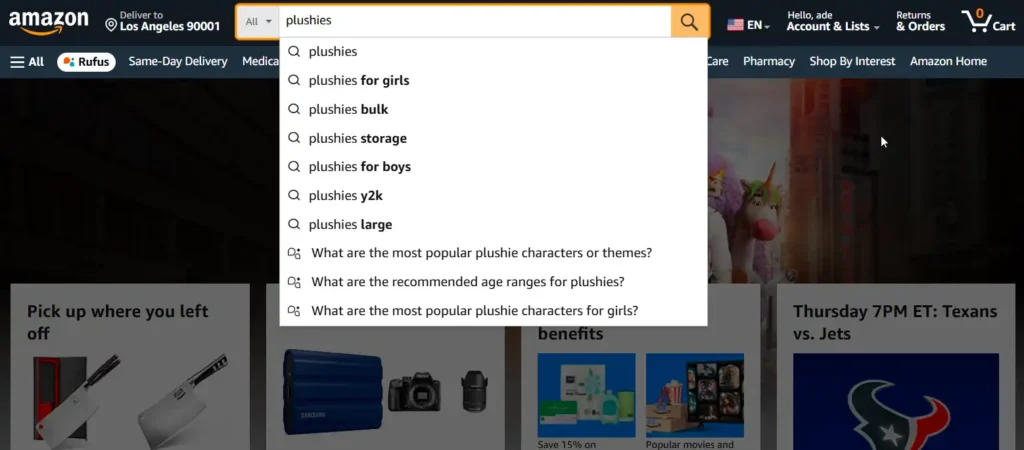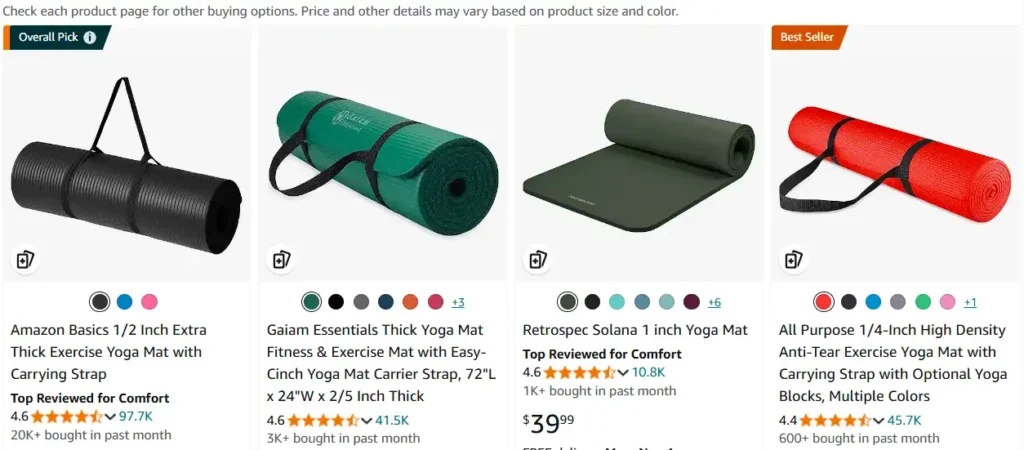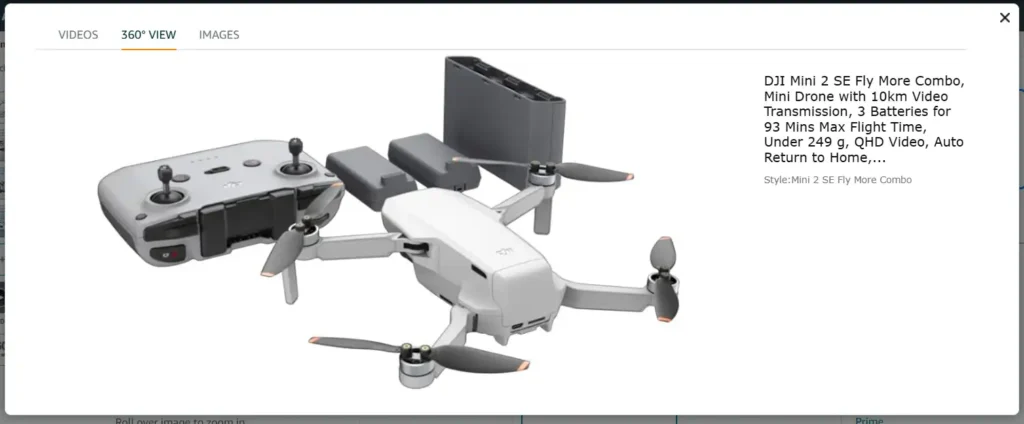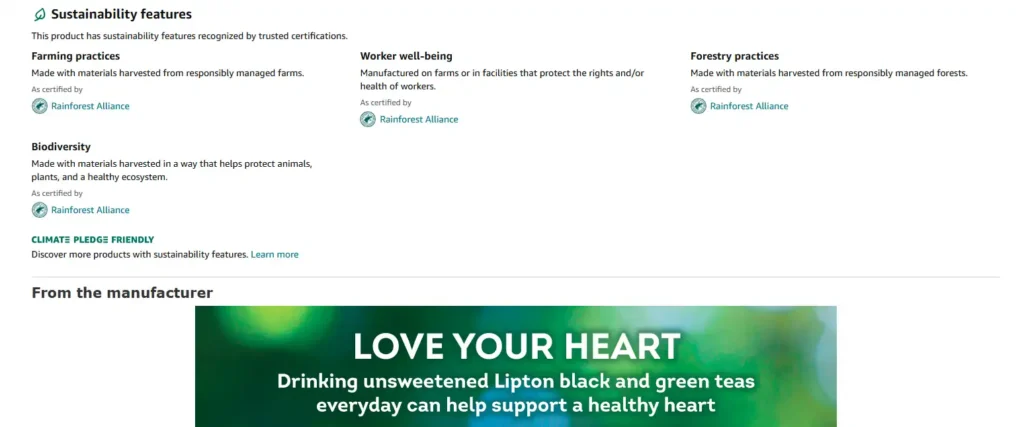Amazon controls a staggering 50% of the global e-commerce market, and with millions of products vying for attention, standing out is a challenge for any seller. The competition is fierce, and sellers who fail to optimize their listings are losing out on valuable sales. But what can sellers do to gain visibility in such a crowded marketplace? The answer lies in Amazon product listing optimization. By mastering six key pillars of optimization, sellers can significantly boost their chances of success on the platform.
In this guide, we’ll break down these pillars and explain how to improve your Amazon listings for greater visibility and sales. Let’s dive into the 6 pillars that can transform your Amazon product listing and skyrocket your conversion rates.
How Amazon A9 Algorithm Works
Amazon’s A9 algorithm powers its search results and product rankings, and understanding how it works is key to effective optimization. The algorithm prioritizes relevance, so products that are more relevant to a customer’s search query rank higher. Sales history, conversion rates, and the overall Listing Quality Score (LQS) also play a critical role in determining a product’s visibility.
- Relevance is determined by how well your product title, description, and keywords match what customers are searching for.
- Sales performance is another essential factor. Amazon rewards products that have a strong sales history with better rankings.
- Conversion rates indicate how well your listing persuades visitors to purchase. High conversion rates tell Amazon that customers find your product appealing.
- The Listing Quality Score (LQS) grades your listing based on a variety of optimization factors, including keyword placement, content quality, and image use. A higher LQS means better chances of visibility.
- Lastly, your Best Seller Rank (BSR) reflects how well your product is selling within its category. A lower BSR indicates stronger sales performance, which can lead to higher rankings and more visibility.
With a solid understanding of the A9 algorithm, let’s look at the 6 key pillars of Amazon product listing optimization that can help you rank higher and drive more sales.
Pillar #1: Keyword Research
Keyword research is at the core of listing optimization. Without the right keywords, your product won’t be visible to customers. Keywords are the bridge between what customers search for and what your product offers. There are two types of keywords to consider: front-end (visible to customers) and back-end (used for indexing by Amazon).

To identify the best keywords for your product:
- Use the Amazon Search Bar Autocomplete to find popular search terms.
- Analyze competitor listings to uncover high-performing keywords.
- Leverage Amazon’s Product Opportunity Explorer for trends and keyword volume.
- Use external tools like Helium 10, Jungle Scout, and Semrush for deeper insights.
- Experiment with AI-powered tools like Hypotenuse AI for smarter keyword suggestions.
When choosing keywords, prioritize relevance. Keywords should accurately describe your product’s features and match what potential buyers are searching for. For example, if you’re selling “wireless headphones,” including features like “Bluetooth,” “noise-cancelling,” or “over-ear” will help capture specific buyer intent.
Pillar #2: Optimized Product Title
The product title is one of the first things a customer sees, and Amazon’s algorithm heavily relies on it to determine relevancy. A well-optimized title should stay within 80-100 characters for better visibility.

A strong product title includes the following elements:
- Brand Name for recognition.
- Product Line & Type to clarify what the product is.
- Material, Color, and Size to highlight key details.
- Packaging/Quantity if relevant.
- Keyword Placement ensures primary keywords are included naturally for SEO purposes.
Best Practices for titles include:
- Use numerals (e.g., “10” instead of “ten”).
- Avoid unnecessary promotions or special characters.
- Keep titles clear and concise for maximum impact.
A well-optimized title looks something like this: “Sony WH-1000XM4 Wireless Noise-Cancelling Headphones – Over-Ear, Black, Bluetooth, 30 Hours Battery Life.”
Pillar #3: High-Quality Product Images
Product images are a major factor in driving conversions. Amazon allows up to 9 images per product listing, and it’s essential to use this space wisely. A mix of product photos, lifestyle images, and infographics can create a compelling visual story.

Amazon has strict image guidelines:
- Use JPEG or PNG formats.
- Ensure the background is white for the main image.
- Images should be at least 1000 pixels on the longest side to enable zoom functionality.
For best results:
- Use lifestyle images to demonstrate how the product can be used.
- Include close-up shots to highlight important details.
- Use infographics to convey key benefits or features clearly.
Additionally, you can optimize images for SEO by using relevant keywords in the file names and including alt text for accessibility and search optimization.
Pillar #4: Compelling Bullet Points
Amazon allows up to 5 bullet points, and each should highlight the product’s key benefits in a concise way. Focus on benefits over features, as customers are more interested in how the product will improve their lives. Use 200 characters or less per bullet for clarity.

To create effective bullet points:
- Answer common customer questions or concerns.
- Use customer language from reviews to build trust.
- Mention warranties or guarantees to reduce purchase anxiety.
For formatting, use capital letters at the start of each point, and make sure the content is scannable and easy to read.
Pillar #5: Engaging Product Description
The product description allows you to provide more in-depth information about your product, with a character limit of up to 2,000. This is your chance to tell a story and connect with the buyer on an emotional level.

Your description should:
- Expand on the benefits mentioned in the bullet points.
- Include secondary keywords for SEO purposes.
- Avoid overly promotional language.
If you’re a brand-registered seller, you can also take advantage of A+ Content, which allows you to add videos, comparison charts, and enhanced images. This can significantly boost conversions by building trust and improving the buyer experience.
Pillar #6: Positive Product Reviews and Ratings
Social proof plays a huge role in customer decision-making. Products with higher ratings and more reviews tend to perform better in Amazon’s search results.

Here’s why reviews matter:
- Customer trust: Positive reviews provide reassurance that your product is worth buying.
- Sales boost: Higher review counts and ratings often correlate with higher conversion rates.
- Improved visibility: More reviews signal to Amazon that your product is popular, which can lead to better rankings.
To encourage reviews:
- Provide exceptional customer service.
- Use Amazon’s “Request a Review” feature.
- Include a review request card in the packaging (within Amazon’s guidelines).
Addressing negative reviews quickly and professionally can also make a difference. Responding to customer feedback and fixing recurring issues can turn negative experiences into positive ones.
Bonus: Advanced Product Listing Optimization Strategies
While mastering the 6 pillars will drastically improve your product listings, advanced strategies can give you an extra edge:
- Backend Keywords: These are invisible to customers but crucial for indexing. Include misspellings, synonyms, and other variations.
- Product URL Optimization: Incorporating primary keywords into the product URL can help with SEO.
- Split Testing: Amazon offers A/B testing through Amazon Experiments, allowing you to test different titles, images, and bullet points to see which performs better.
- Amazon PPC Advertising: Running PPC campaigns can help drive initial traffic and gather data on which keywords convert best.
The better your Amazon listing is optimized, the better chance you have of standing out in an extremely competitive marketplace. Use the tools and strategies outlined here to create a listing that not only attracts more clicks but converts those clicks into sales.
Summary
Optimizing your Amazon product listings using these 6 pillars—keyword research, optimized titles, high-quality images, compelling bullet points, engaging descriptions, and positive reviews—can significantly increase your visibility and sales. By leveraging advanced strategies like backend keywords, split testing, and PPC advertising, you can fine-tune your listings for even better performance. Don’t wait—start optimizing today and see the difference it makes for your business.
FAQ
How important is keyword research in Amazon listing optimization?
Keyword research is the foundation of any successful Amazon listing. Without the right keywords, your product will not be visible to potential customers.
Can images affect my Amazon ranking?
Yes, high-quality images can improve your conversion rate, which is a key factor in Amazon’s ranking algorithm. The better your images, the more likely customers are to make a purchase.
How can I encourage customers to leave reviews?
Deliver excellent customer service, use Amazon’s “Request a Review” feature, and include a polite review request in your product packaging.

